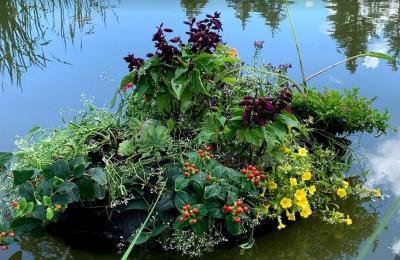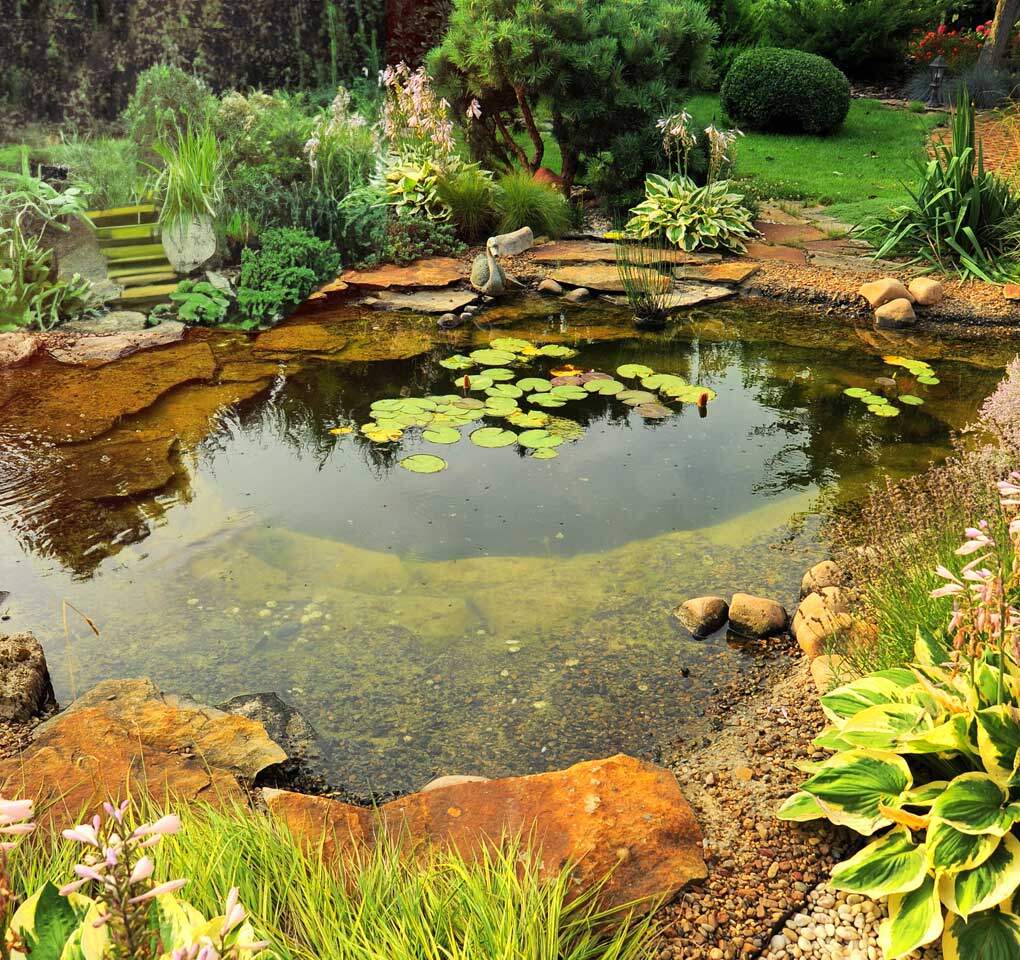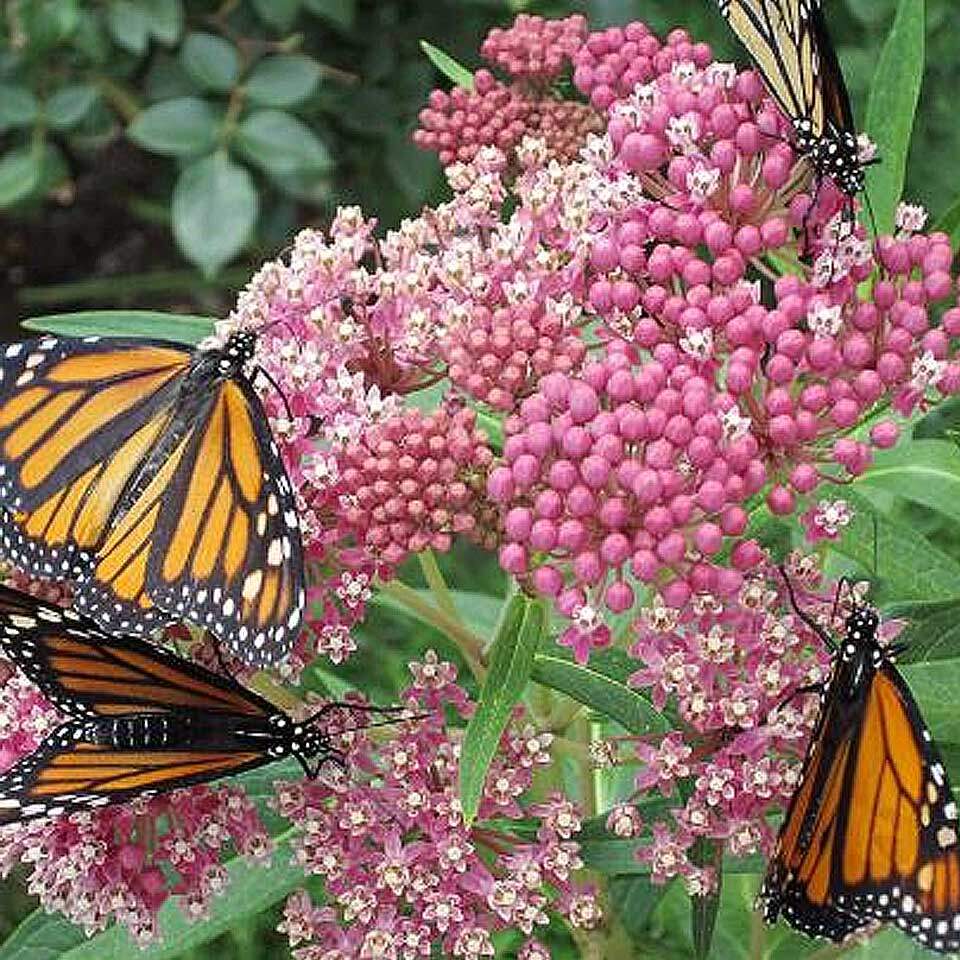Planting and Caring for Aquatic Plants in Your Pond
As a pond owner in Western New York, you know that maintaining a healthy pond ecosystem requires more than just cleaning the water and managing algae. One of the most effective ways to enhance the beauty and overall health of your pond is by planting water plants. These plants not only add aesthetic value, but they also play a critical role in improving water quality, supporting wildlife, and preventing invasive species from taking over your pond. Whether you’re planting new water plants or transplanting existing ones, understanding the proper techniques and timing will ensure success. In this blog post, we’ll provide you with a comprehensive guide on planting water plants in your pond, whether you’re a beginner or an experienced pond owner.
Why Planting Water Plants Are So Important for Your Pond
 Water plants offer a host of positive benefits to your pond beyond their mere decorative appeal. They help improve water quality by absorbing excess nutrients, such as nitrogen and phosphorus, which can lead to algae blooms. Their roots also provide valuable filtration, helping to stabilize the pond’s ecosystem. Submerged plants, like pondweeds, oxygenate the water by releasing oxygen, which is beneficial for fish and other aquatic life.
Water plants offer a host of positive benefits to your pond beyond their mere decorative appeal. They help improve water quality by absorbing excess nutrients, such as nitrogen and phosphorus, which can lead to algae blooms. Their roots also provide valuable filtration, helping to stabilize the pond’s ecosystem. Submerged plants, like pondweeds, oxygenate the water by releasing oxygen, which is beneficial for fish and other aquatic life.
Floating plants, such as water lilies, provide shade, which helps keep the water cooler and reduces the growth of algae. These plants also act as a natural barrier to wind and debris, keeping your pond cleaner. Additionally, water plants provide habitats for fish, frogs, and insects, contributing to the overall biodiversity of your pond.
By planting water plants in your pond, you’re not just enhancing the visual appeal of your space; you’re also creating a balanced and thriving ecosystem.
When is the Best Time for Planting Water Plants?
Timing of course is critical when it comes to planting water plants. The best time to plant or transplant water plants in your pond is generally during the early spring to early summer months, when the water temperature has warmed up sufficiently, but before the heat of the summer has set in. This gives the plants enough time to establish their roots before the weather gets too hot.
In Western New York, it’s important to wait until the last frost has passed, which typically occurs in late April or early May. By this time, the water temperature should be in the range of 60-70°F, which is ideal for most aquatic plants. Planting too early, when the water is still too cold, can stress the plants and hinder their growth. Conversely, waiting until the heat of summer can cause plants to struggle with the high temperatures.
Preparing Your Pond for Planting
Before you begin planting water plants in your pond, it’s important to prepare the pond environment to ensure your plants will thrive. Start by assessing the pond’s overall health and water quality. If your pond has been struggling with poor water quality or algae blooms, you may want to address these issues before introducing new plants. This could involve balancing nutrient levels or installing a filtration system.
Next, determine the ideal locations for planting. Some water plants prefer shallow areas, while others thrive in deeper waters. For example, submerged plants like water milfoil do well in deeper areas, while water lilies and other marginal plants are better suited for the edges of the pond. Be mindful of the amount of sunlight each plant will receive. Floating plants generally require full sun, while some submerged plants may do better in shaded areas.
Finally, gather your planting materials. You’ll need a good quality planting medium that allows for proper root growth, as well as planting containers or baskets to hold the plants in place. Aquatic soil or clay-based soil is typically the best choice, as it provides nutrients and encourages strong root development.
How to Plant and Transplant Water Plants
When planting water plants in your pond, it’s essential to follow the correct planting methods to ensure long-term success. If you’re starting with bare-root plants, gently spread the roots and place them into a planting basket filled with aquatic soil. Make sure the crown of the plant (where the roots meet the stem) is just above the soil level, as burying it too deeply can stunt growth.
For potted plants, place the pot directly into the water at the desired depth. The top of the pot should be slightly submerged to allow the plant to grow upward toward the surface. If you’re planting marginal plants along the edges of the pond, be sure to position them in the shallow areas where they’ll receive adequate sunlight, but not too much water flow that could damage their roots.
When transplanting water plants, whether from a smaller pond or another part of your pond, it’s crucial to handle the plant gently. Carefully remove the plant from its current location, taking care not to disturb the root system too much. Transplant it to a new area that has similar environmental conditions, ensuring it has enough room to grow and thrive. As with new plantings, be sure to monitor the transplanted plants and ensure they are settling into their new environment.
Ongoing Care and Maintenance
After planting or transplanting, ongoing care is essential to keep your water plants healthy. Monitor the water levels and ensure your plants are not submerged too deeply or left too exposed to the sun. Some plants may require occasional pruning to prevent overcrowding or to remove dead or damaged foliage. If your pond experiences an overgrowth of plants, thinning out the excess can help maintain balance and prevent one type of plant from overtaking the pond.
As the seasons change, keep an eye on your plants. In the fall, you may need to trim back dead foliage or protect more delicate plants from the cold. In Western NY, some plants may need to be moved to deeper waters for winter protection, while others, like hardy water lilies, will survive the cold temperatures if left undisturbed.
Creating a Beautiful and Healthy Pond Ecosystem
Planting water plants in your pond is one of the most effective ways to create a vibrant, balanced, and healthy ecosystem. Whether you’re adding new plants or transplanting existing ones, the right techniques and timing are all-important for success. By choosing the right plants, preparing your pond environment, and providing ongoing care, you’ll ensure that your pond becomes a beautiful and thriving space for years to come. If you’re unsure about which plants are best for your pond or need help with planting and maintenance, a professional pond maintenance company in Western NY can guide you through the process and help you achieve the perfect pond for your home.




